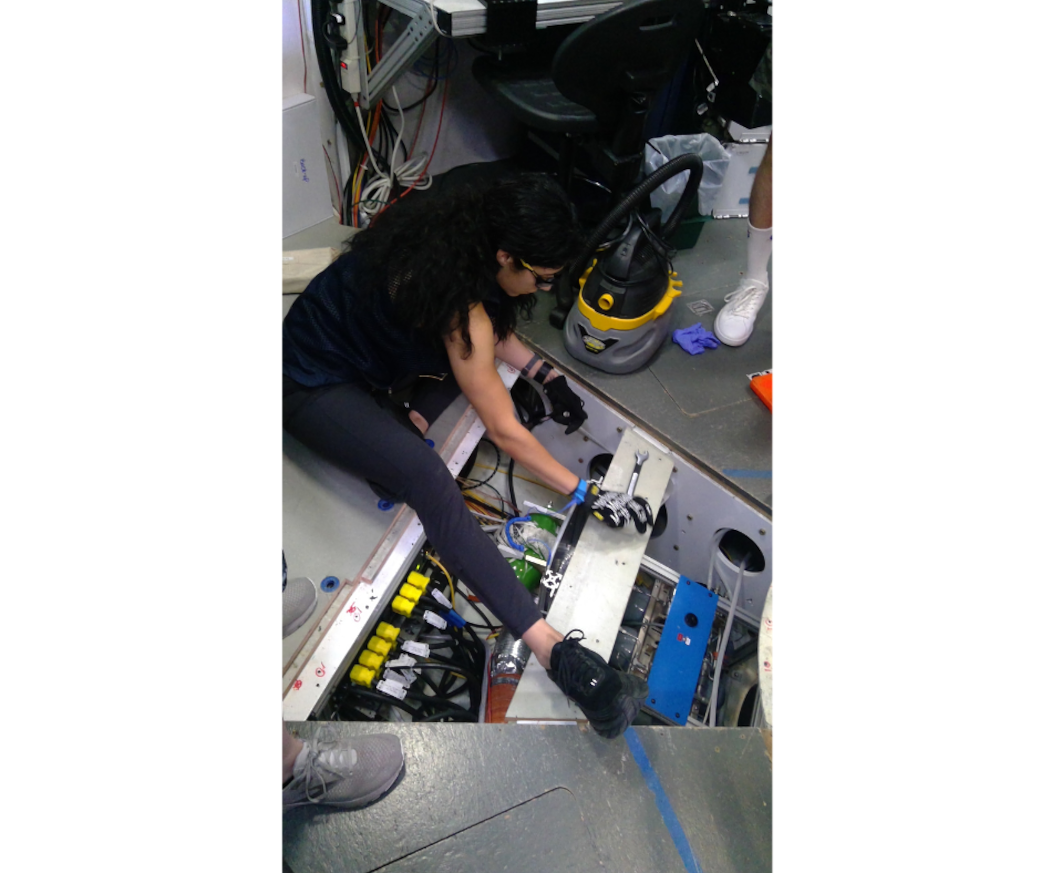Monique Garcia, a crew member inside NASA’s Human Exploration Research Analog, or HERA, crouches to perform a bit of maintenance work. She lifts a floor panel and examines the state of the wires and tanks inside.
On missions to the Moon and Mars, crews will not always be able to readily call Earth for guidance. So, any equipment that breaks down will need to be repaired by those inside the spacecraft. Garcia is practicing this in her analog mission, using her training and skills to keep HERA’s systems in good condition. Scientists plan to use lessons learned from HERA crews to develop methods for fostering astronaut autonomy and teamwork on missions into deep space.
Credit: NASA
____
NASA’s Human Research Program, or HRP, pursues the best methods and technologies to support safe, productive human space travel. Through science conducted in laboratories, ground-based analogs, and the International Space Station, HRP scrutinizes how spaceflight affects human bodies and behaviors. Such research drives HRP’s quest to innovate ways that keep astronauts healthy and mission-ready as space travel expands to the Moon, Mars, and beyond.
Nathan Cranford
Jennifer TurnerNASA Human Research Program Strategic Communications


























